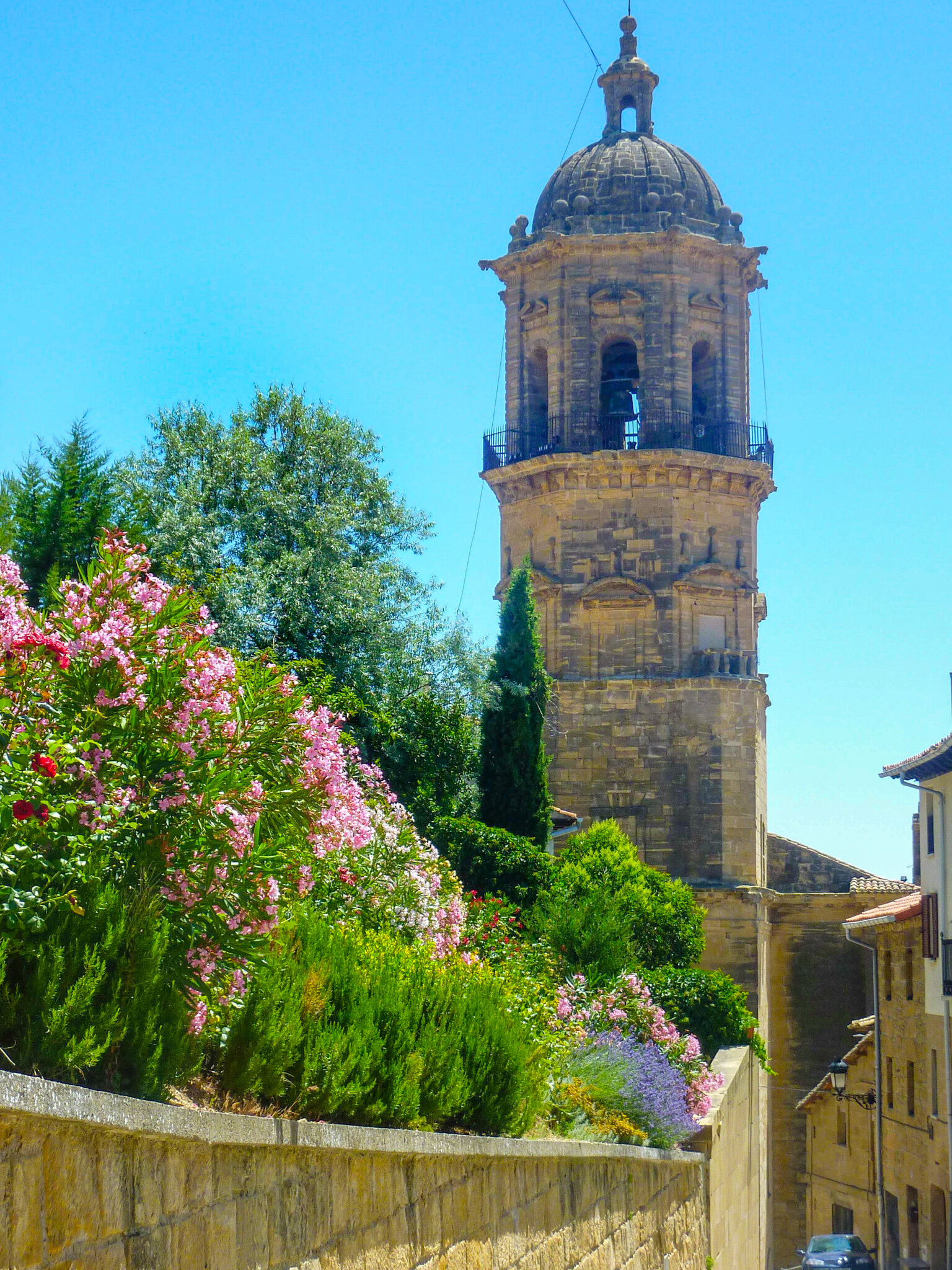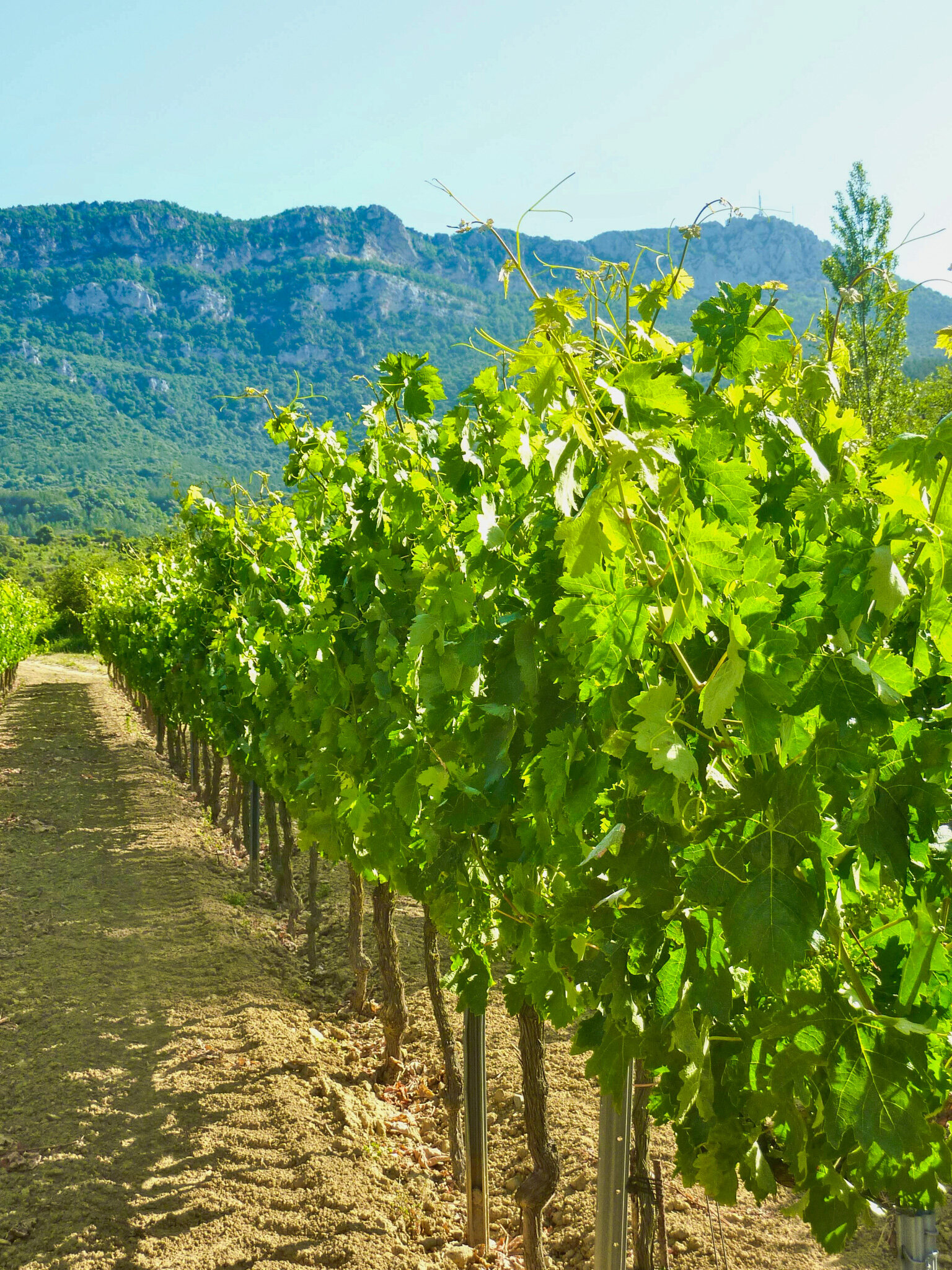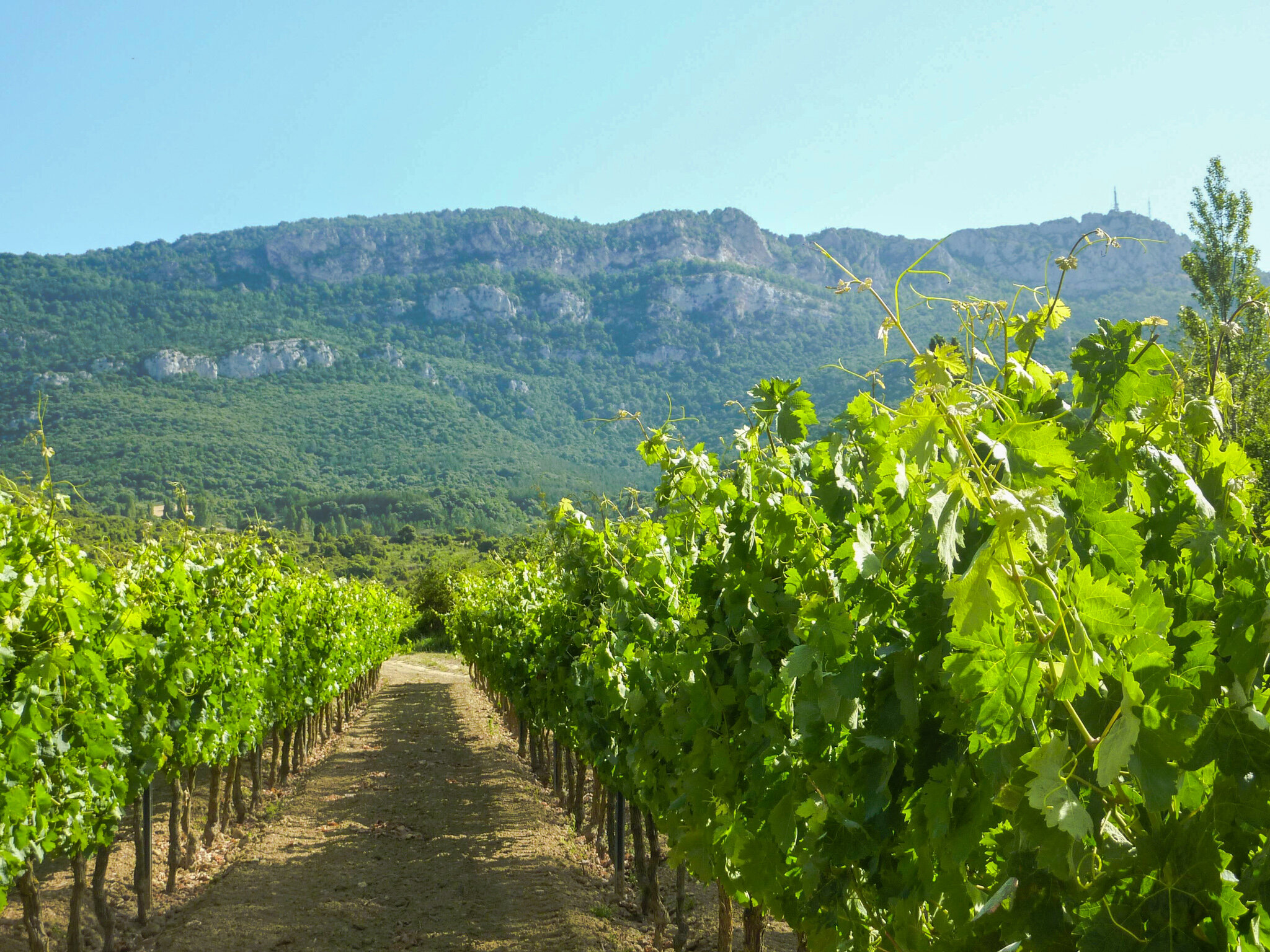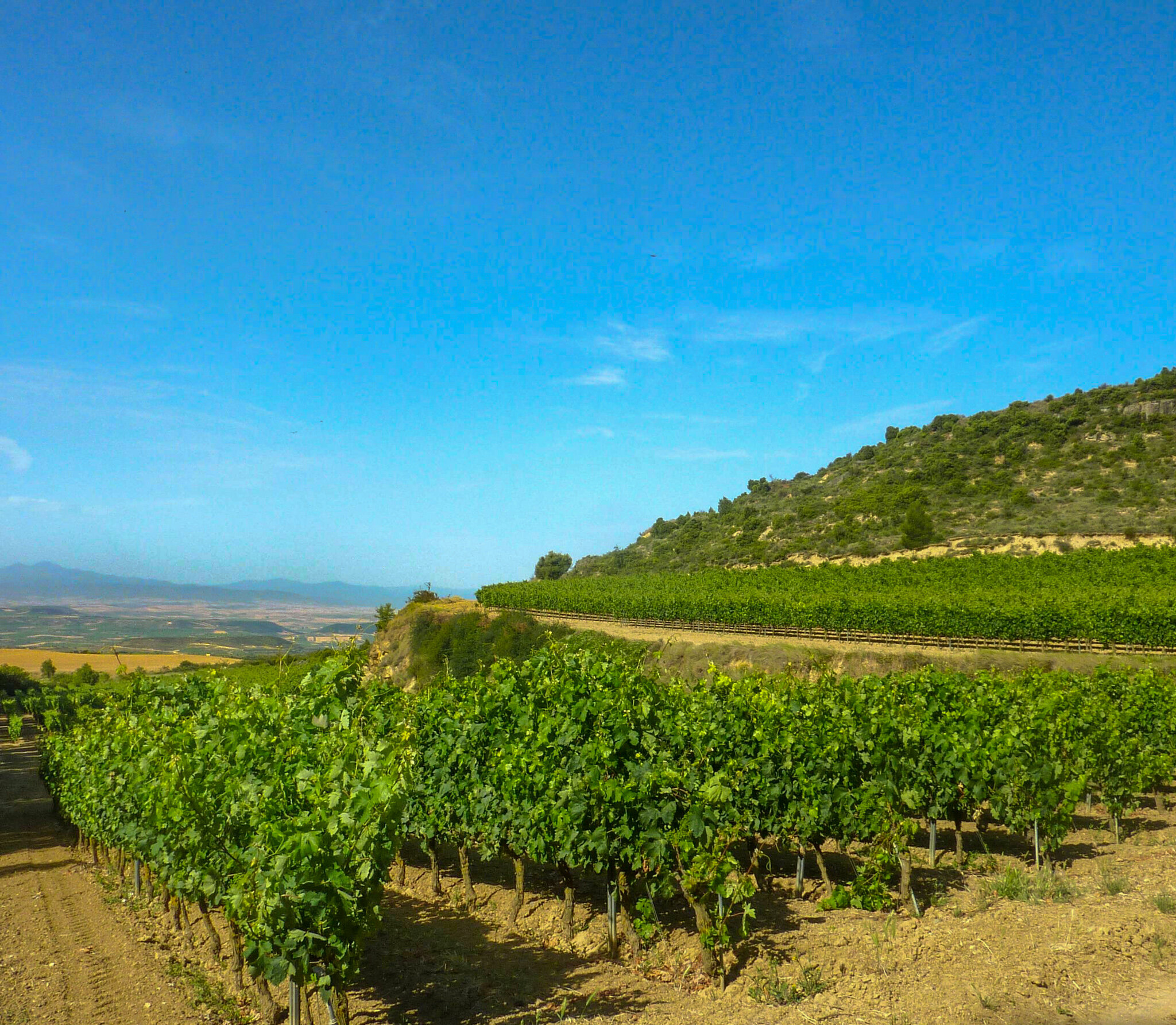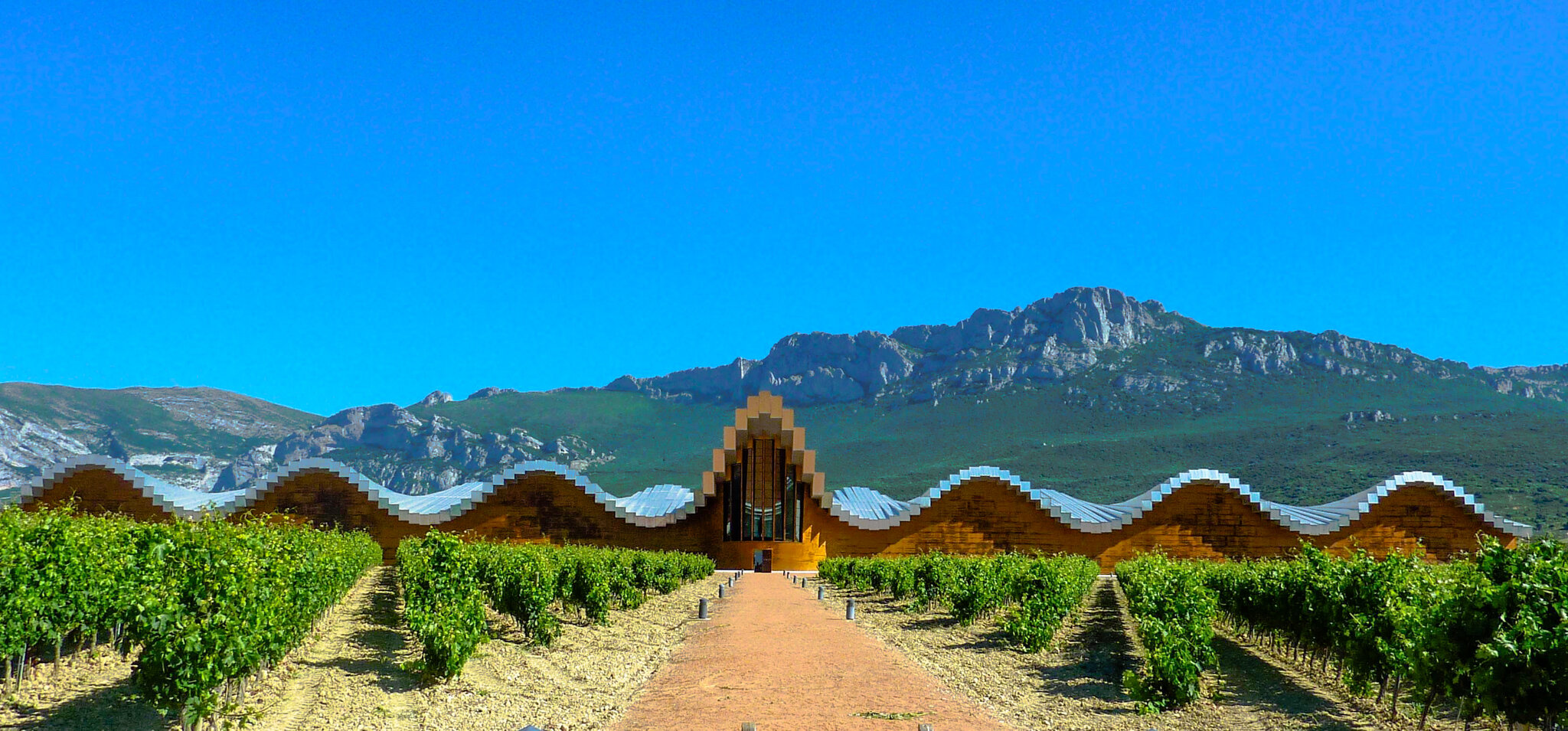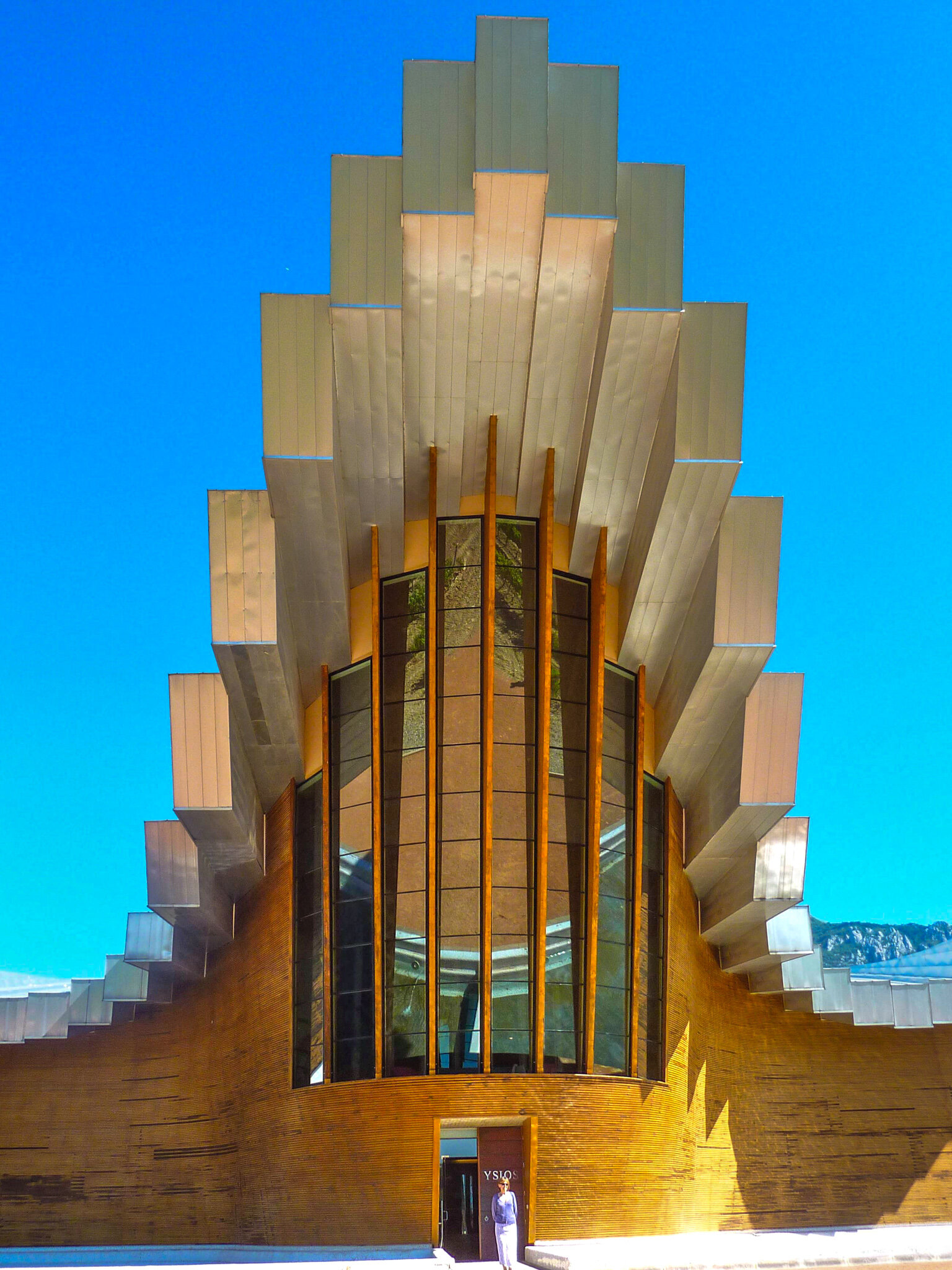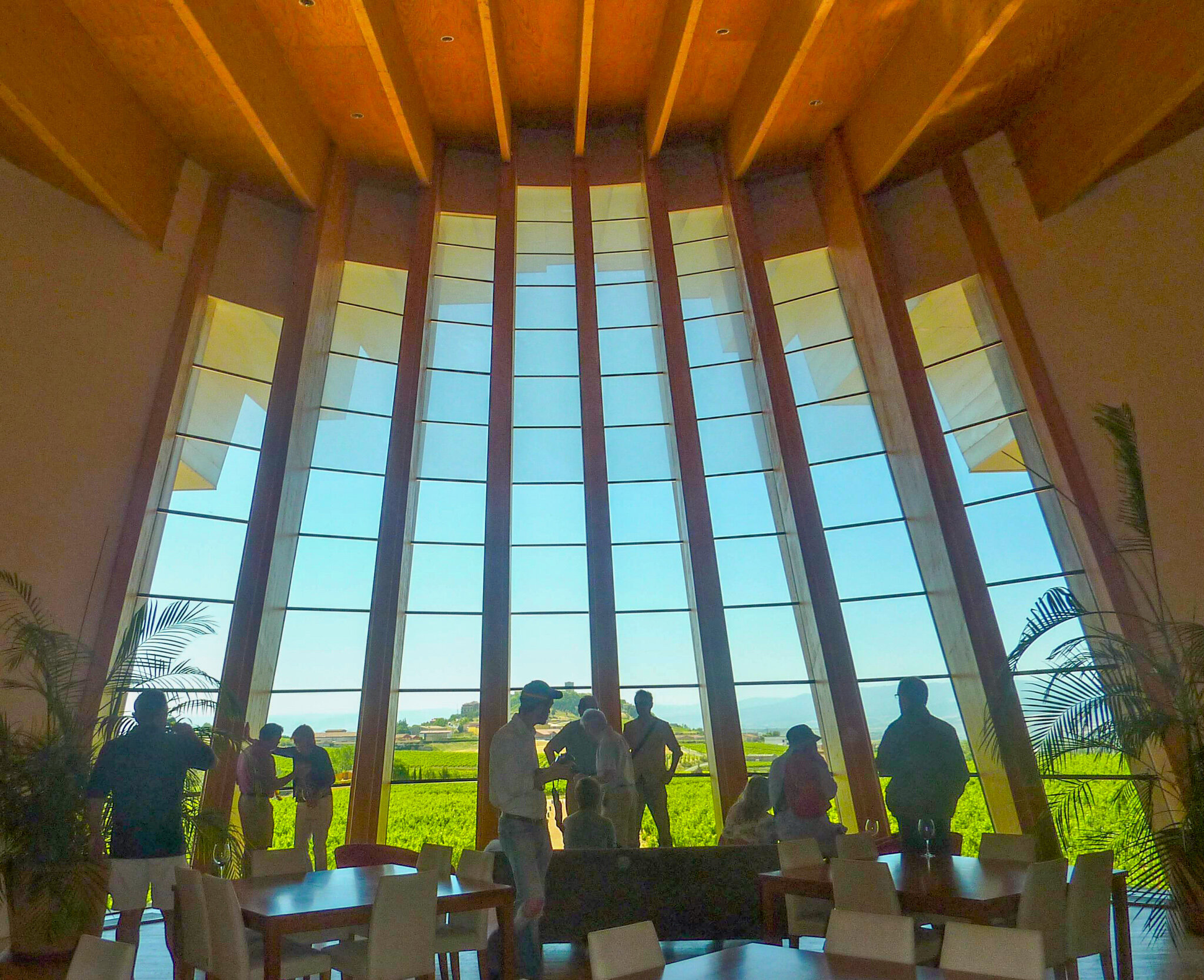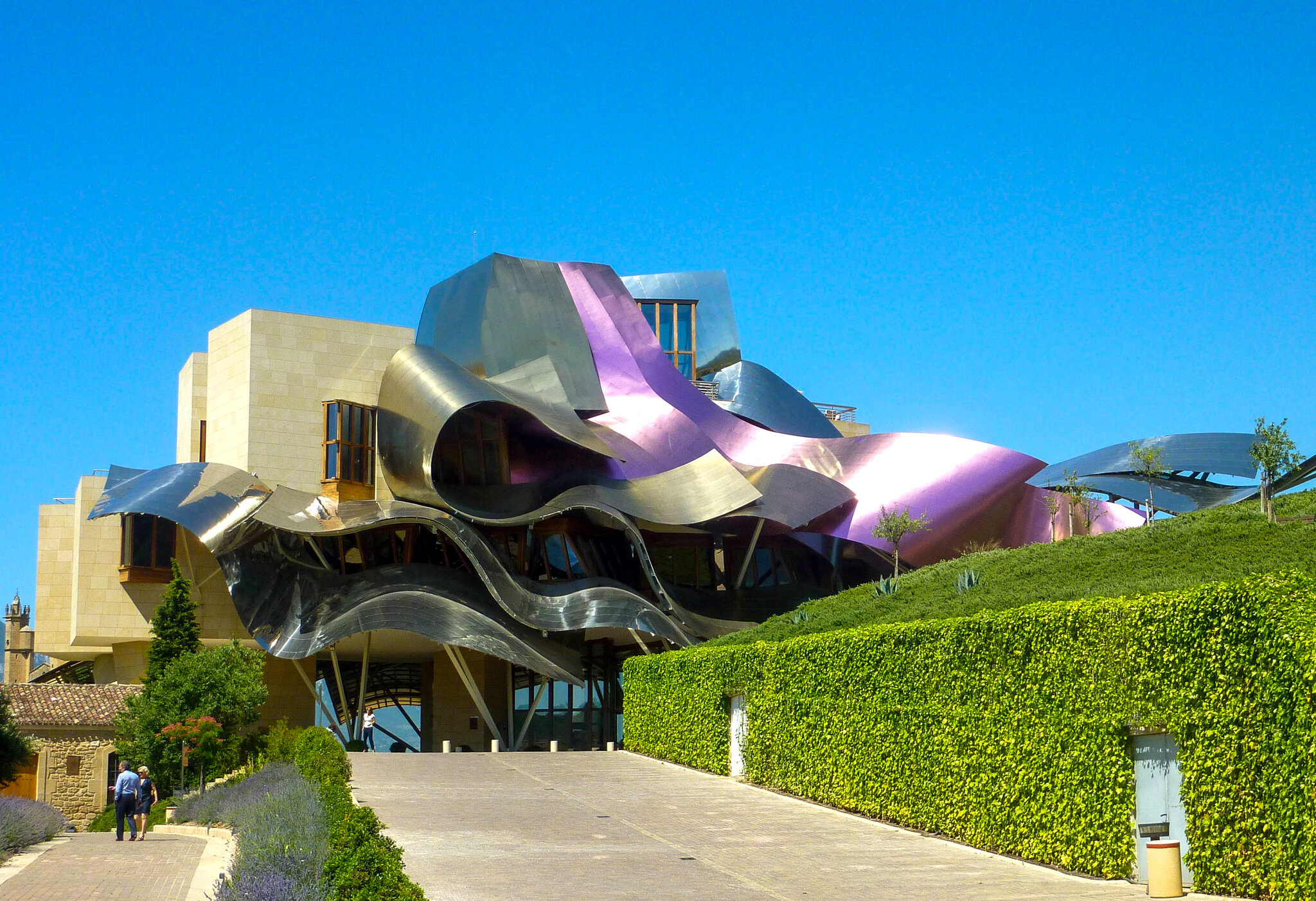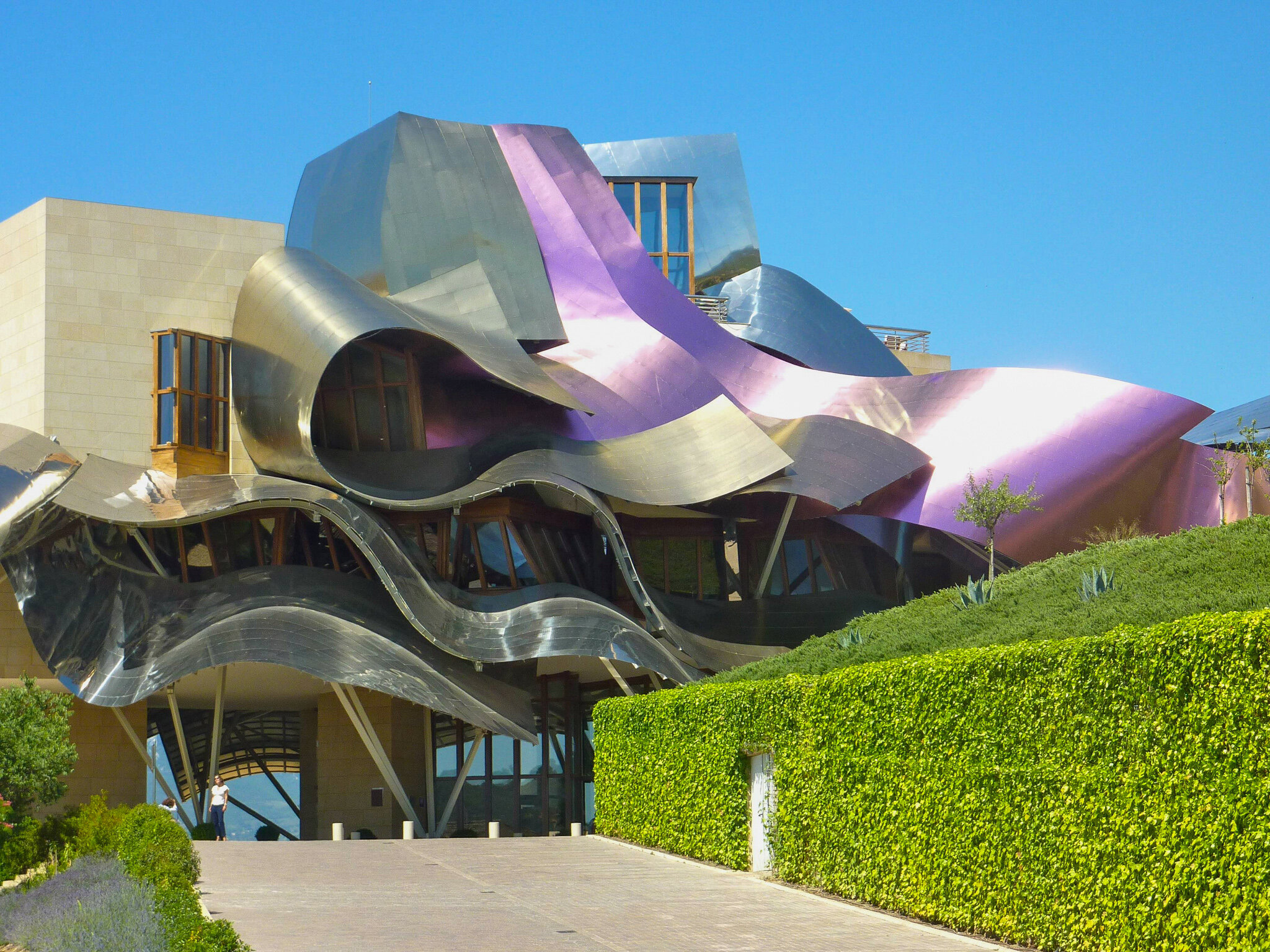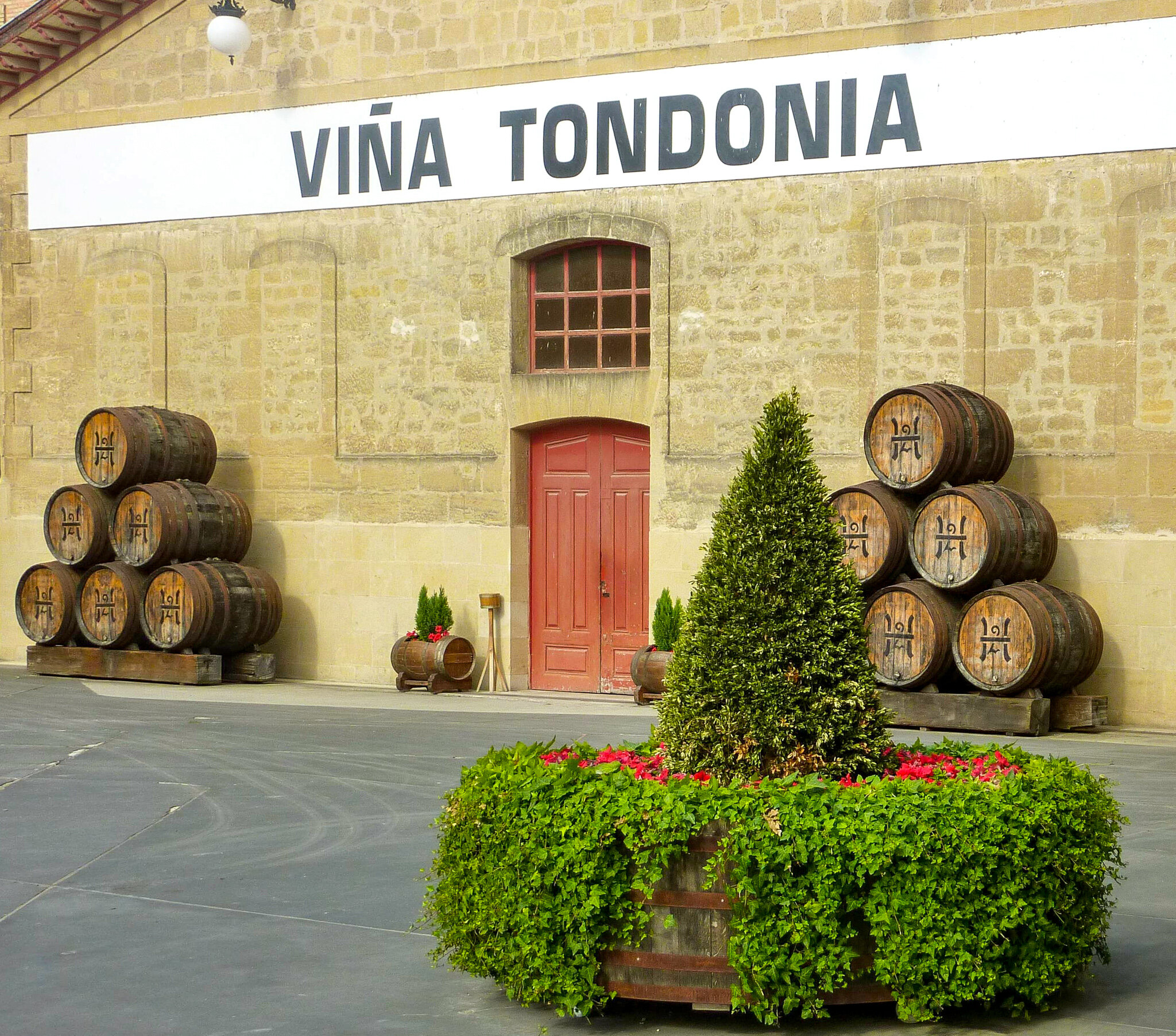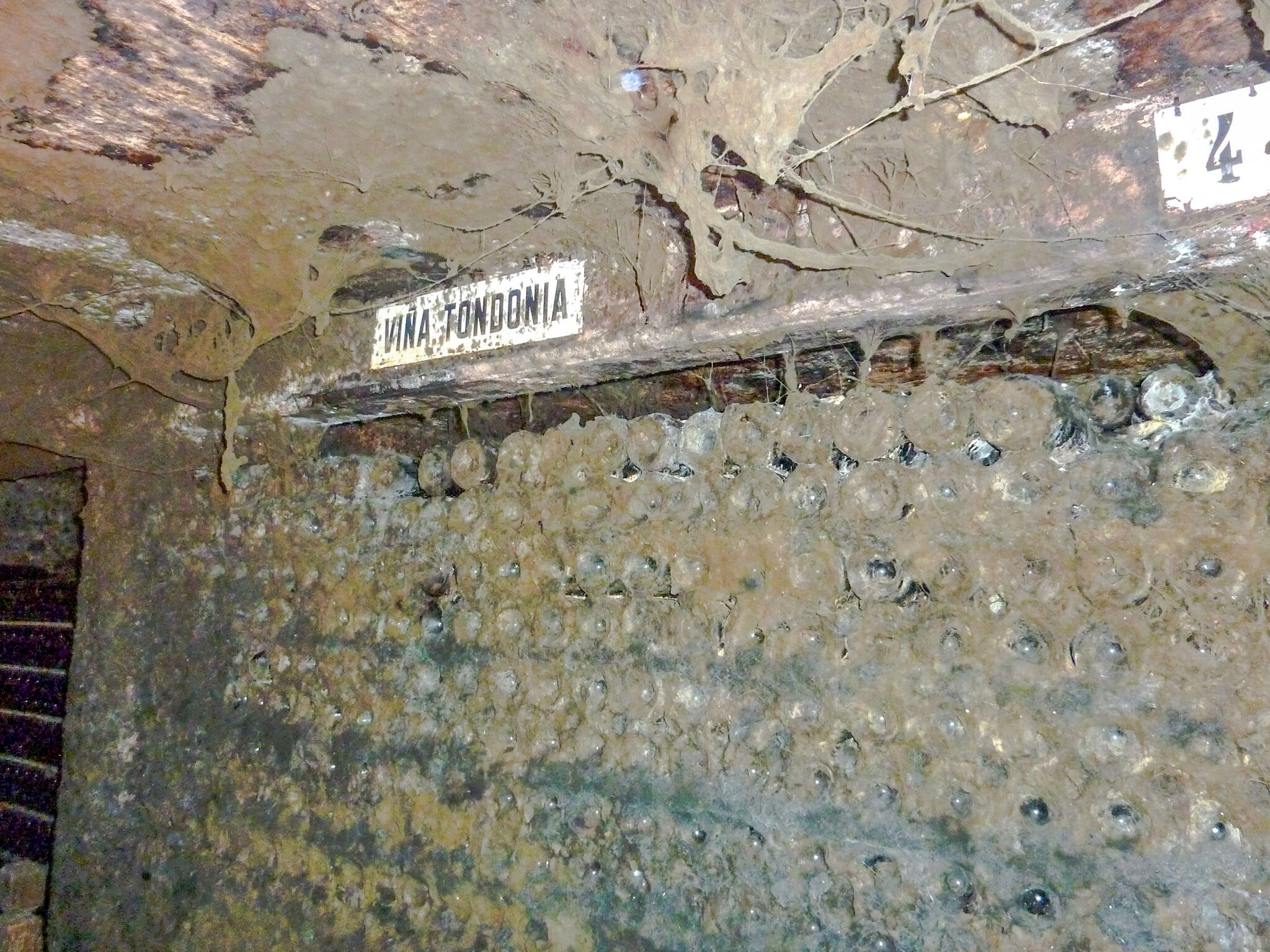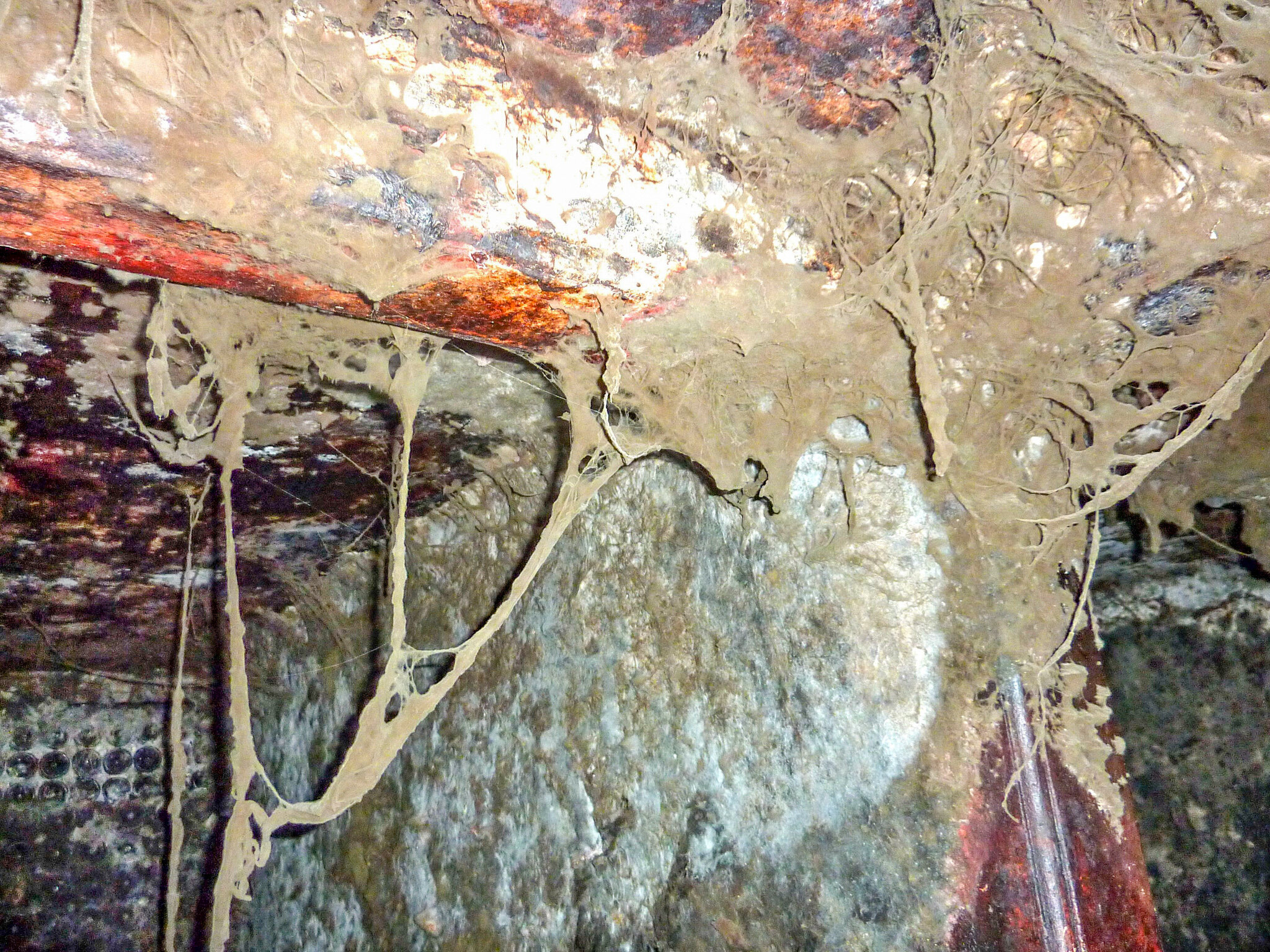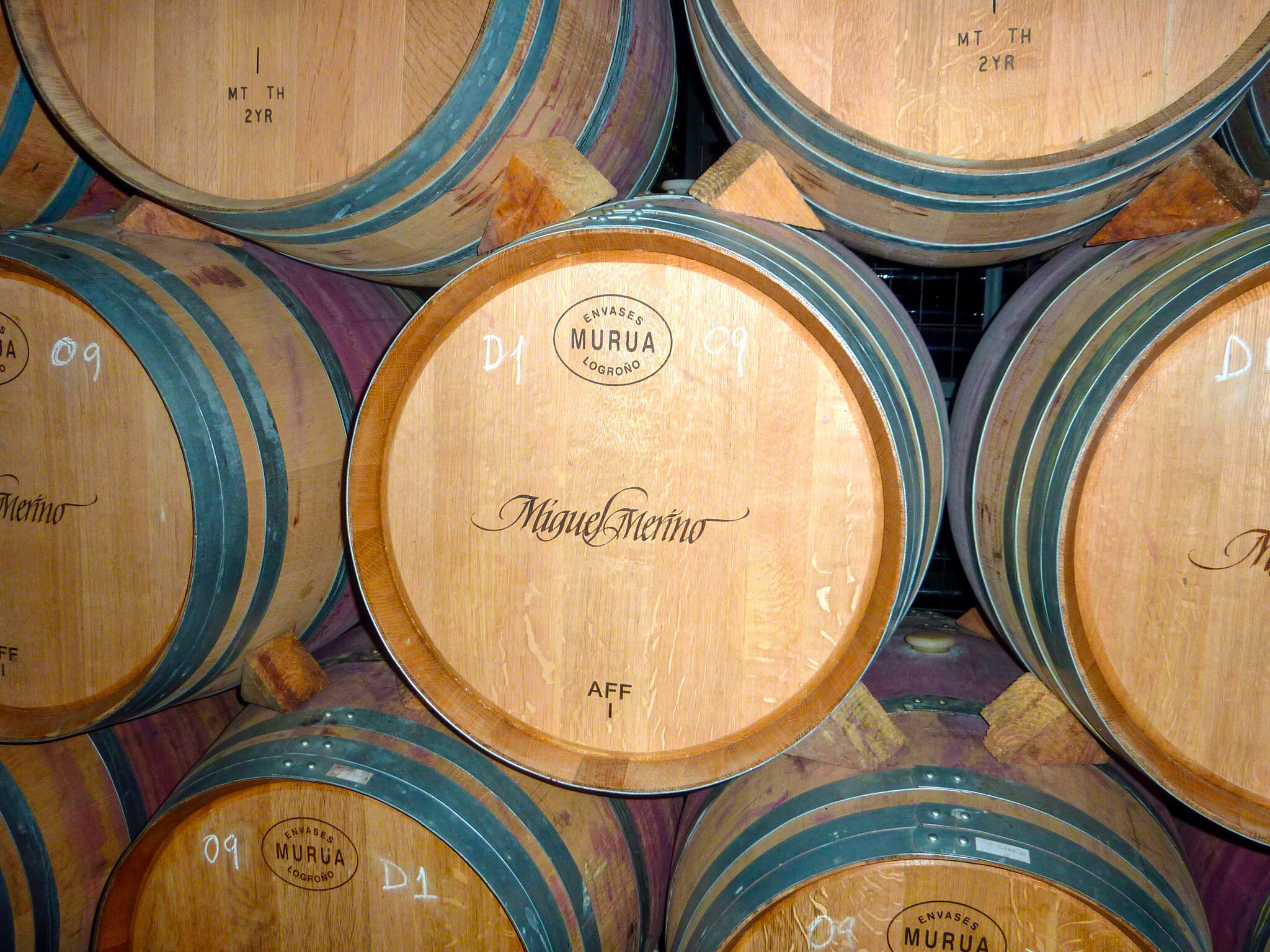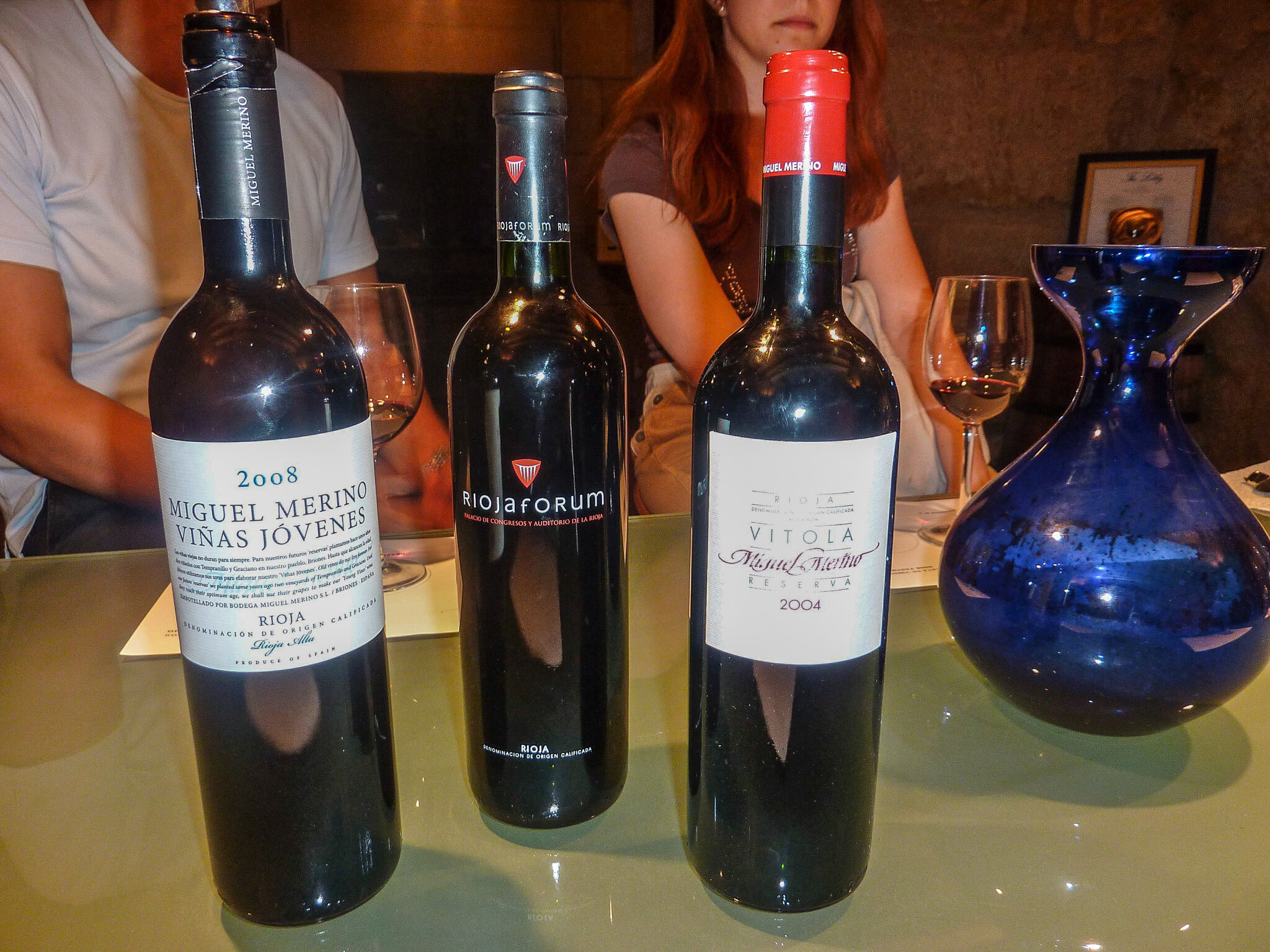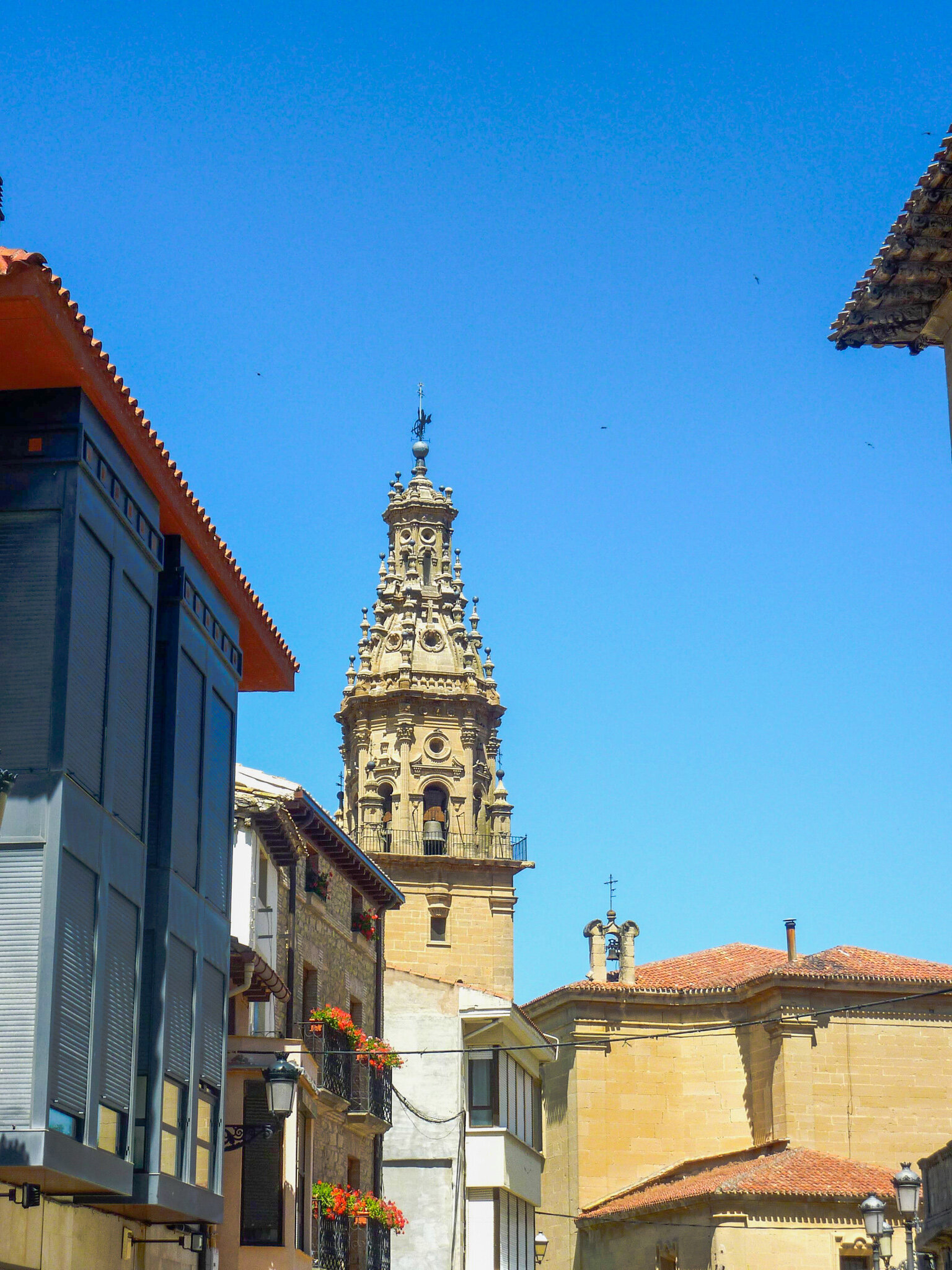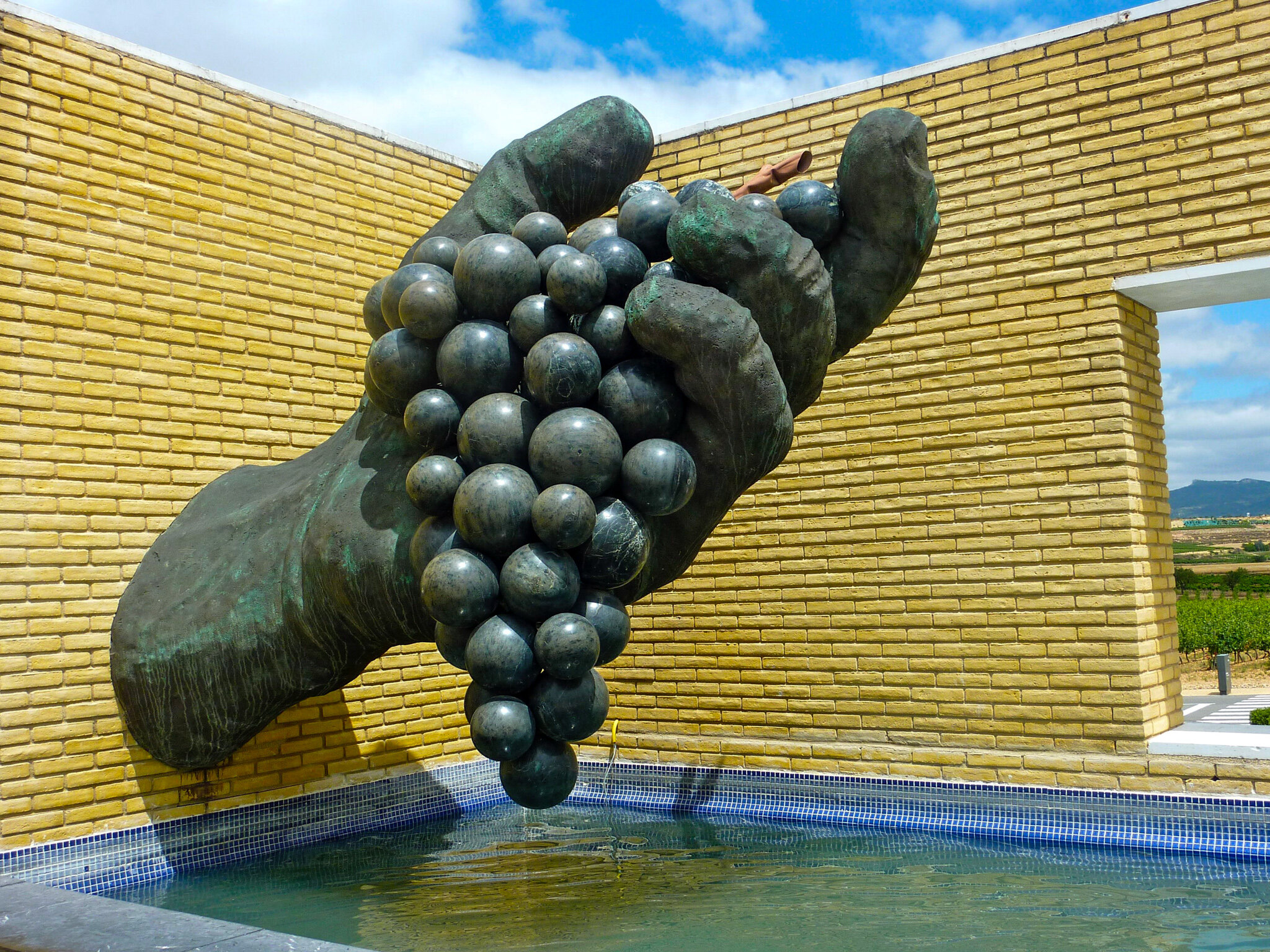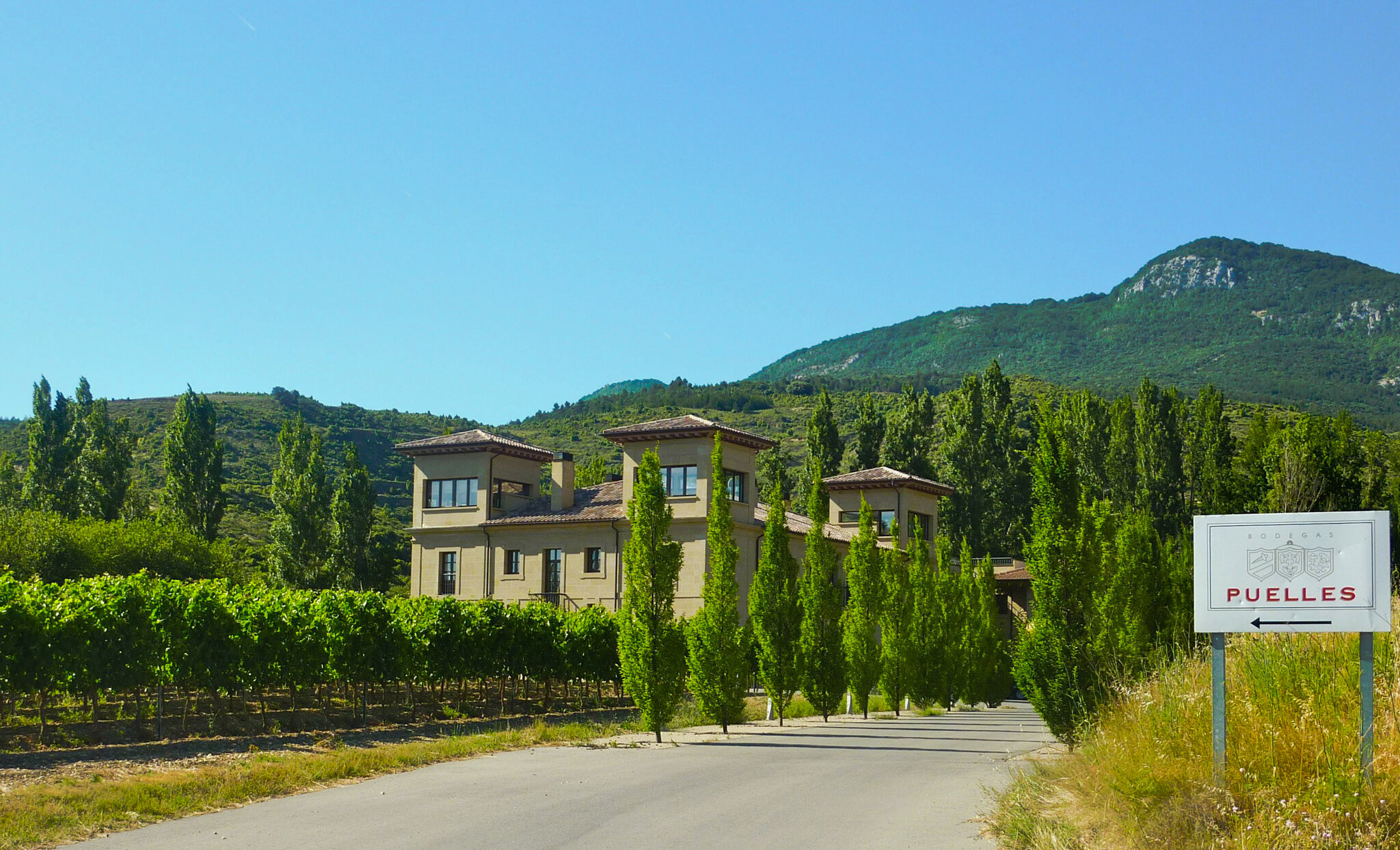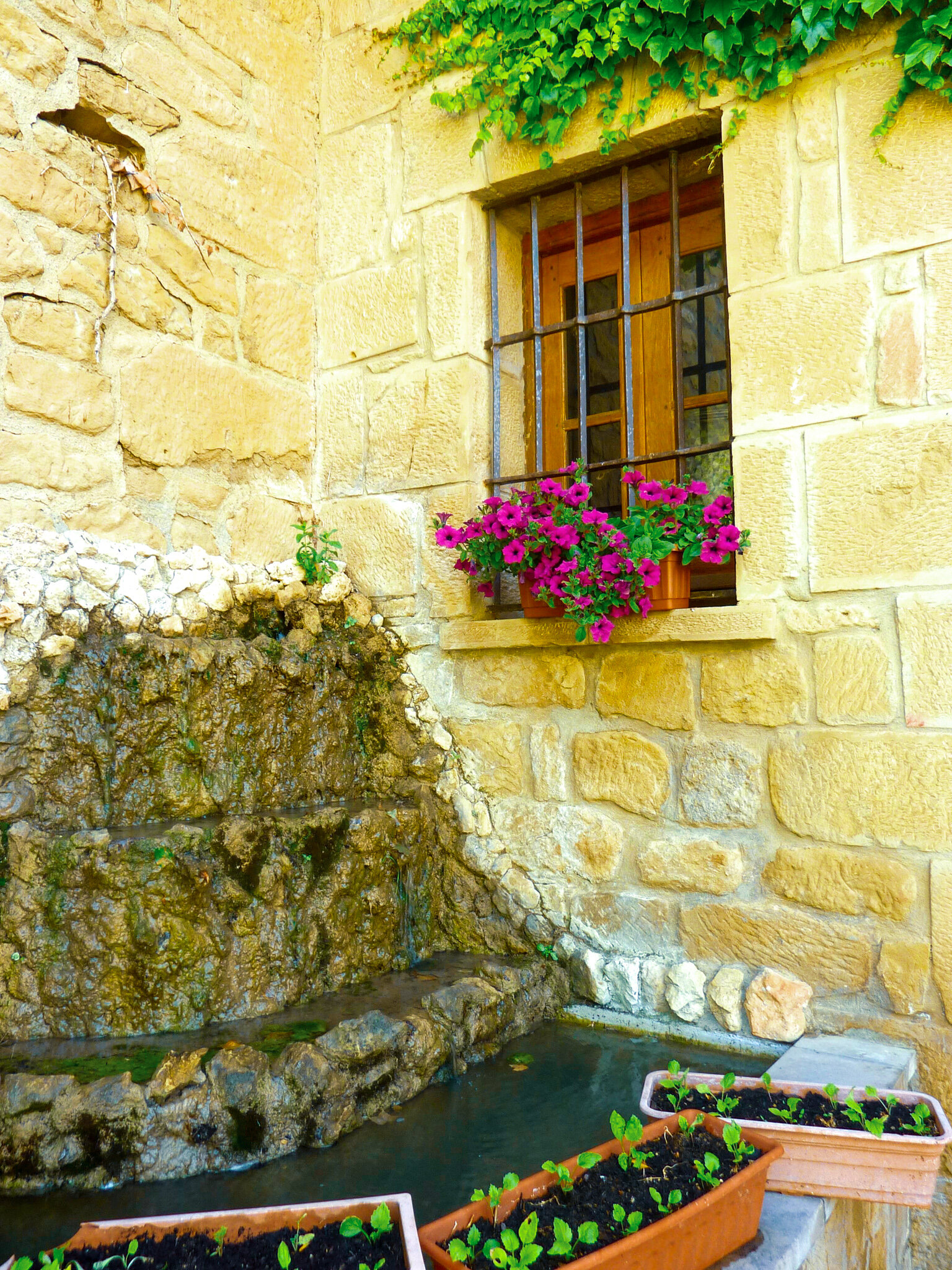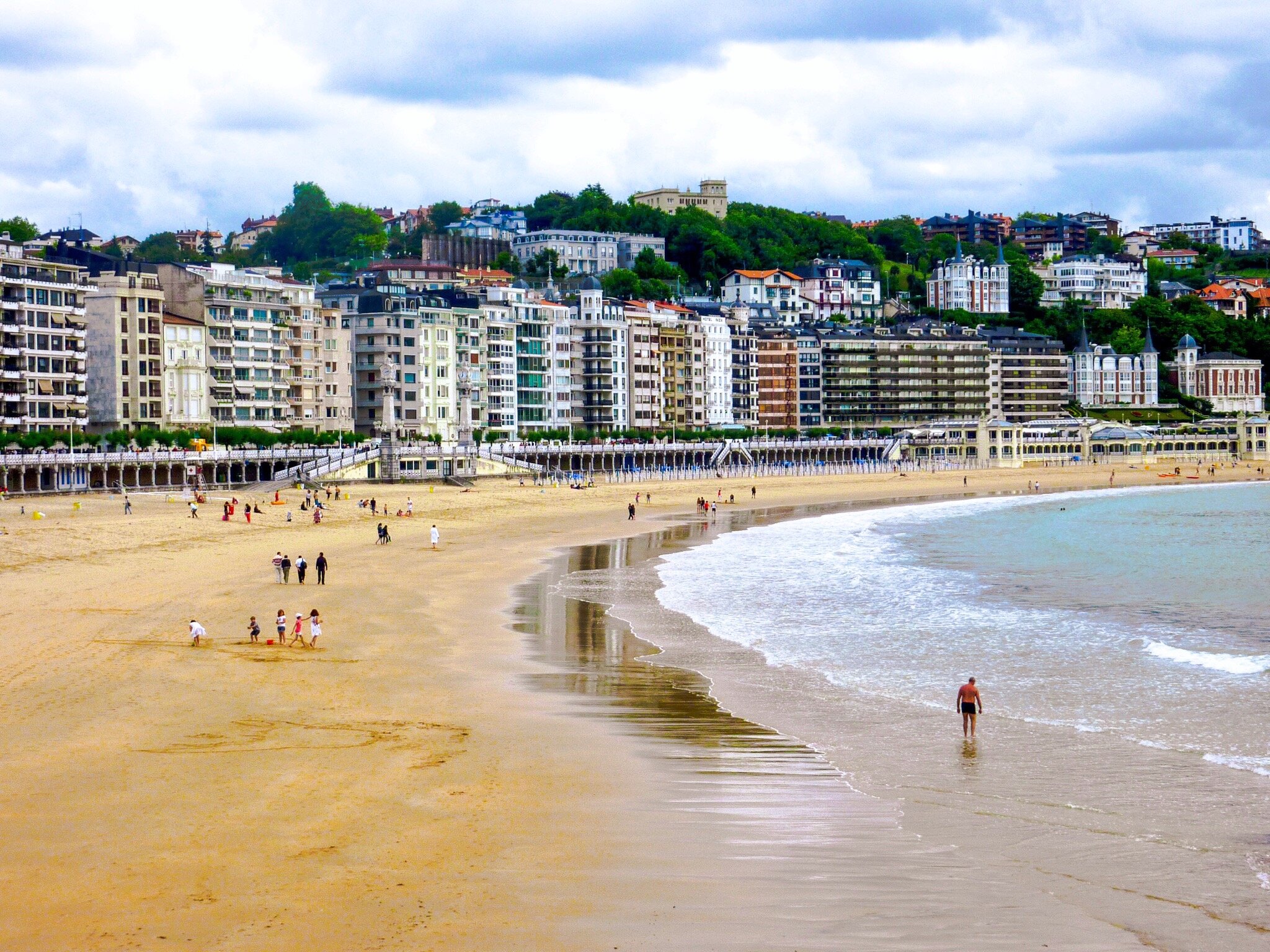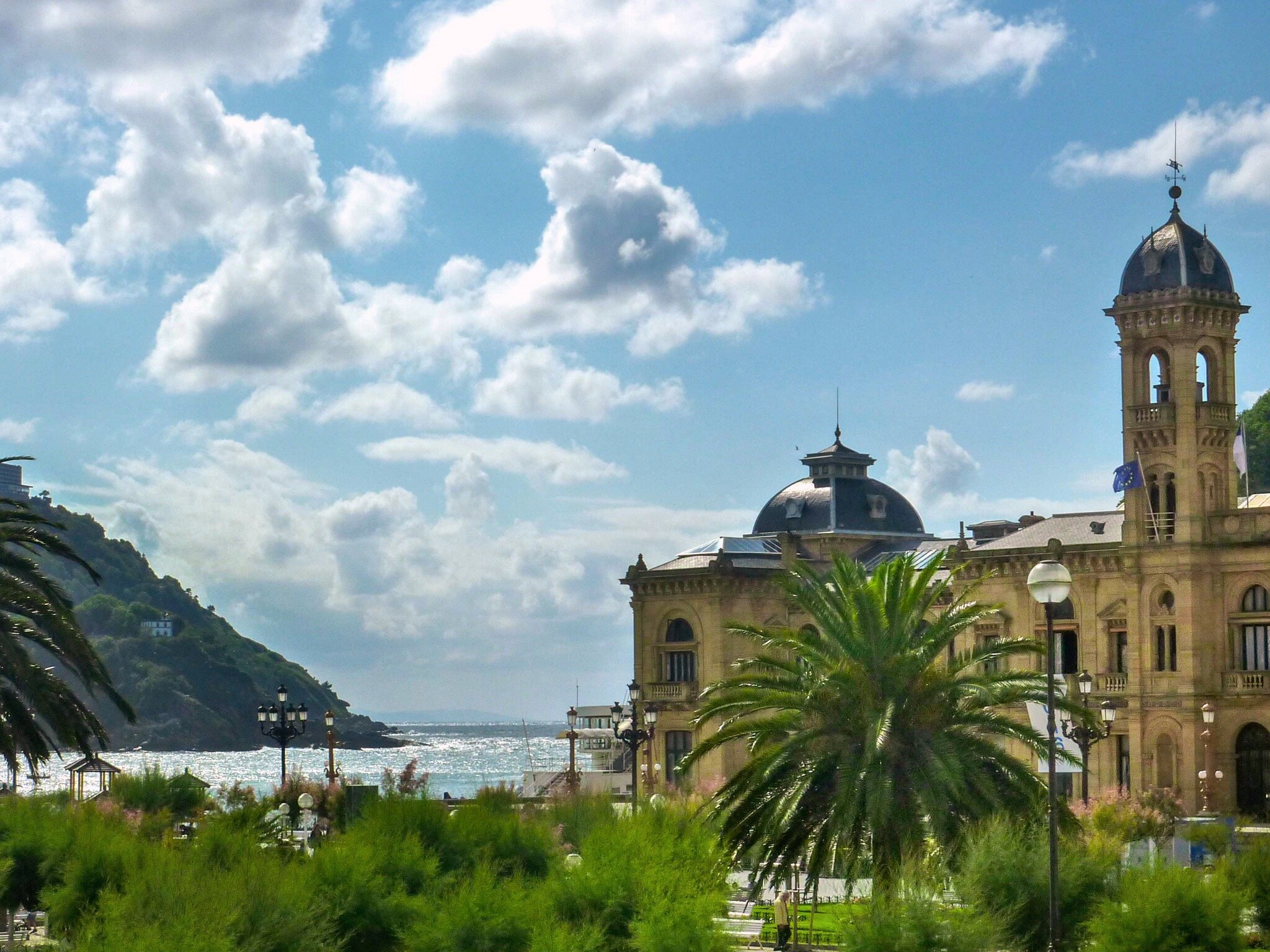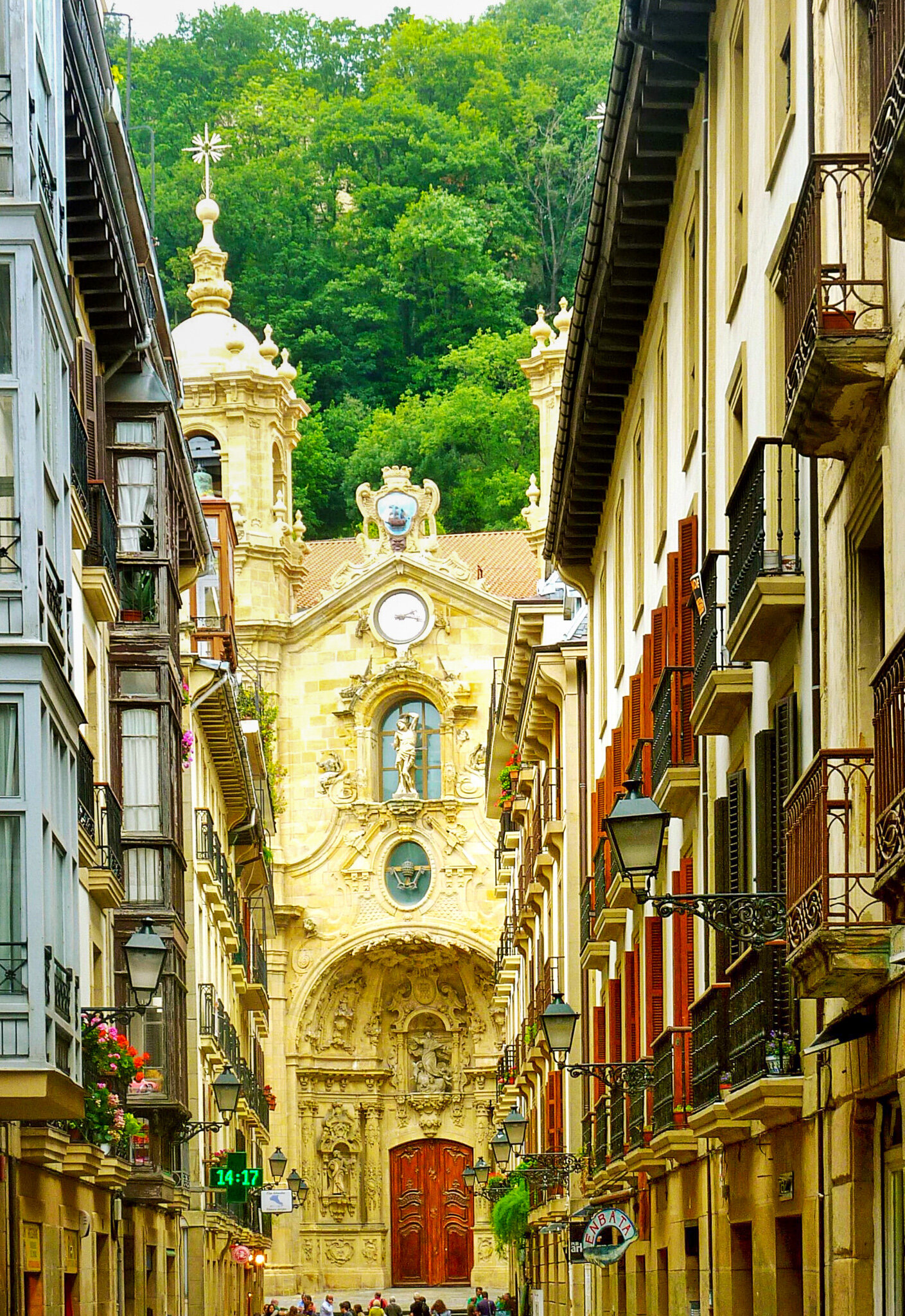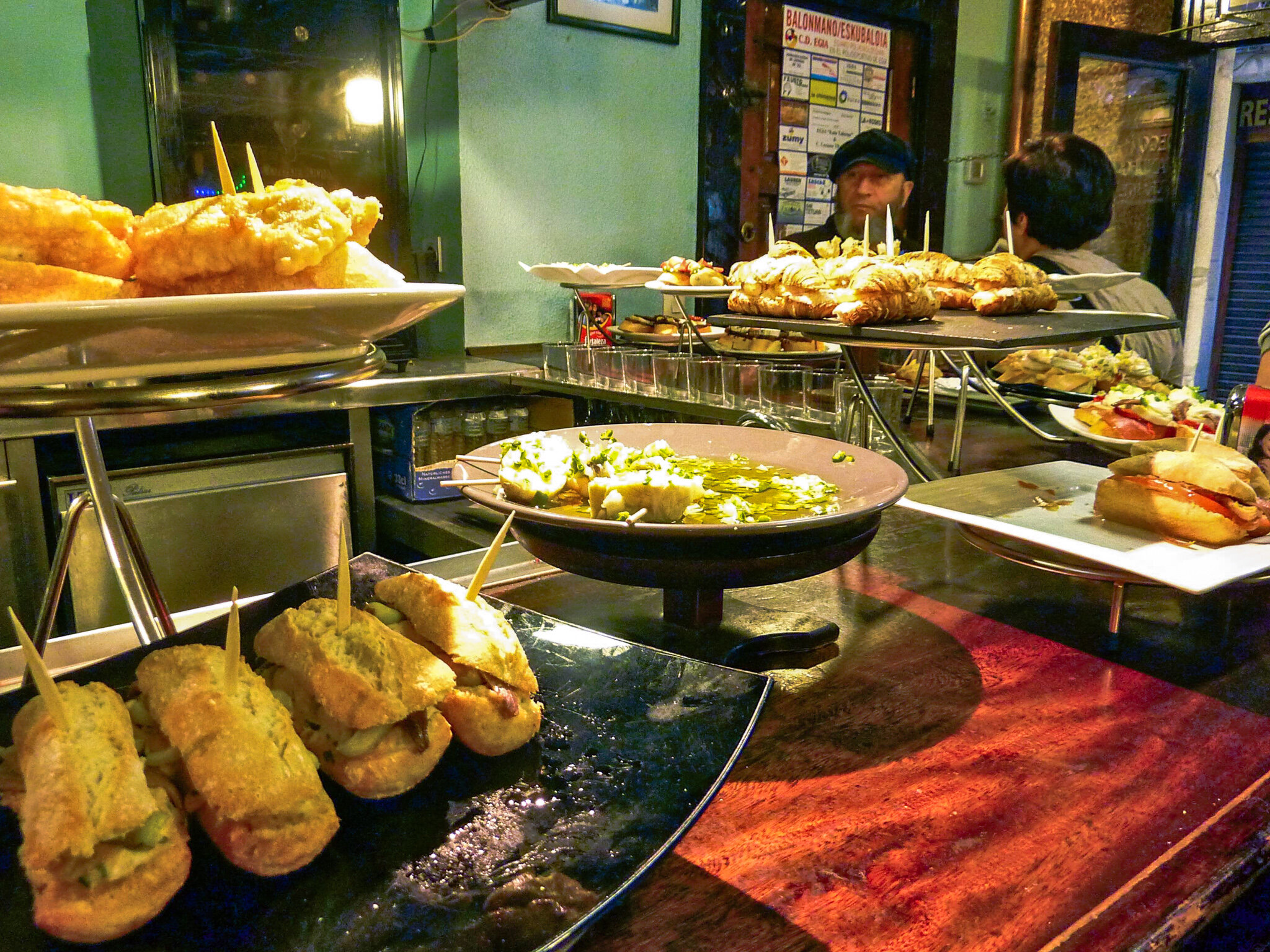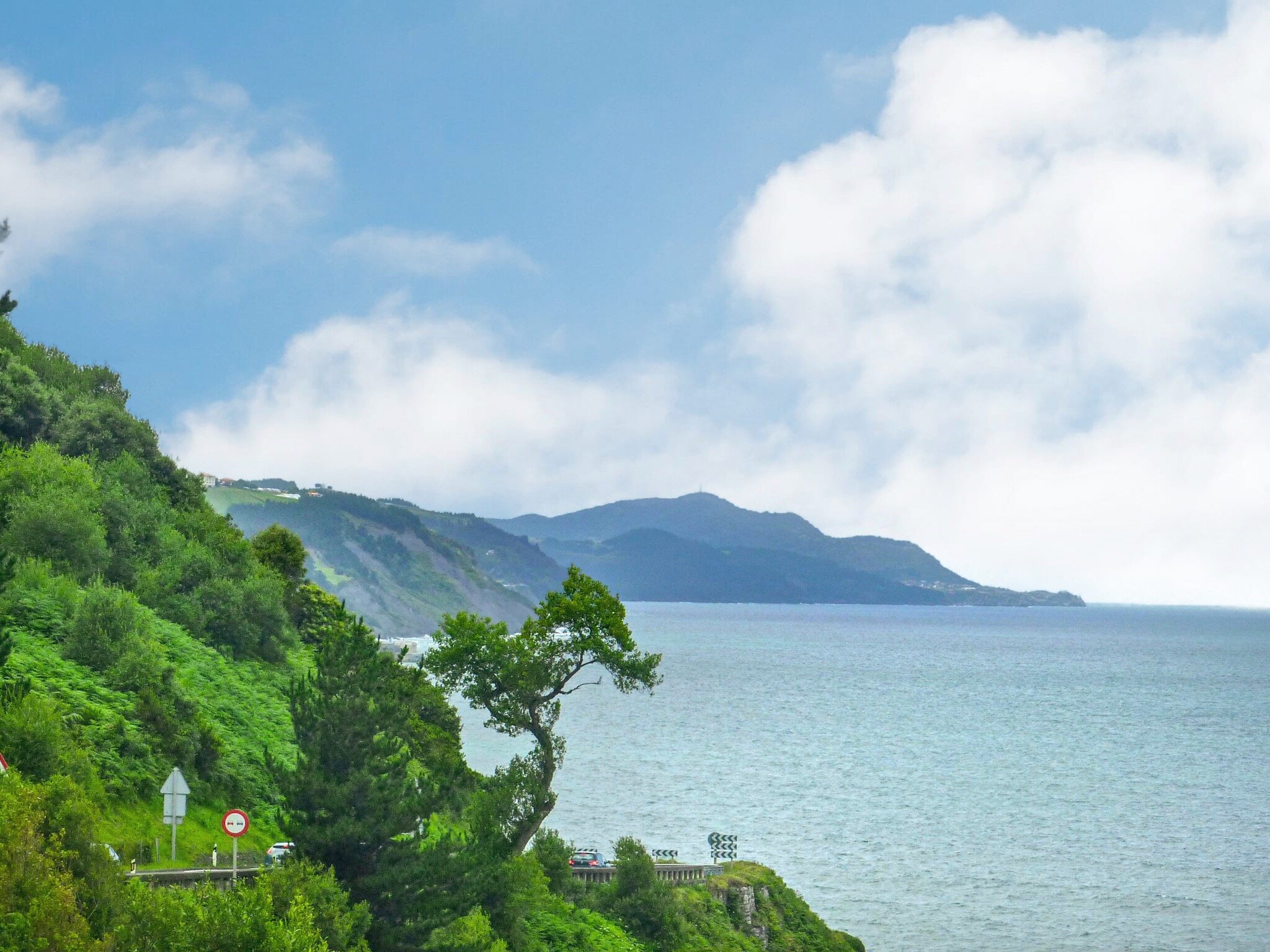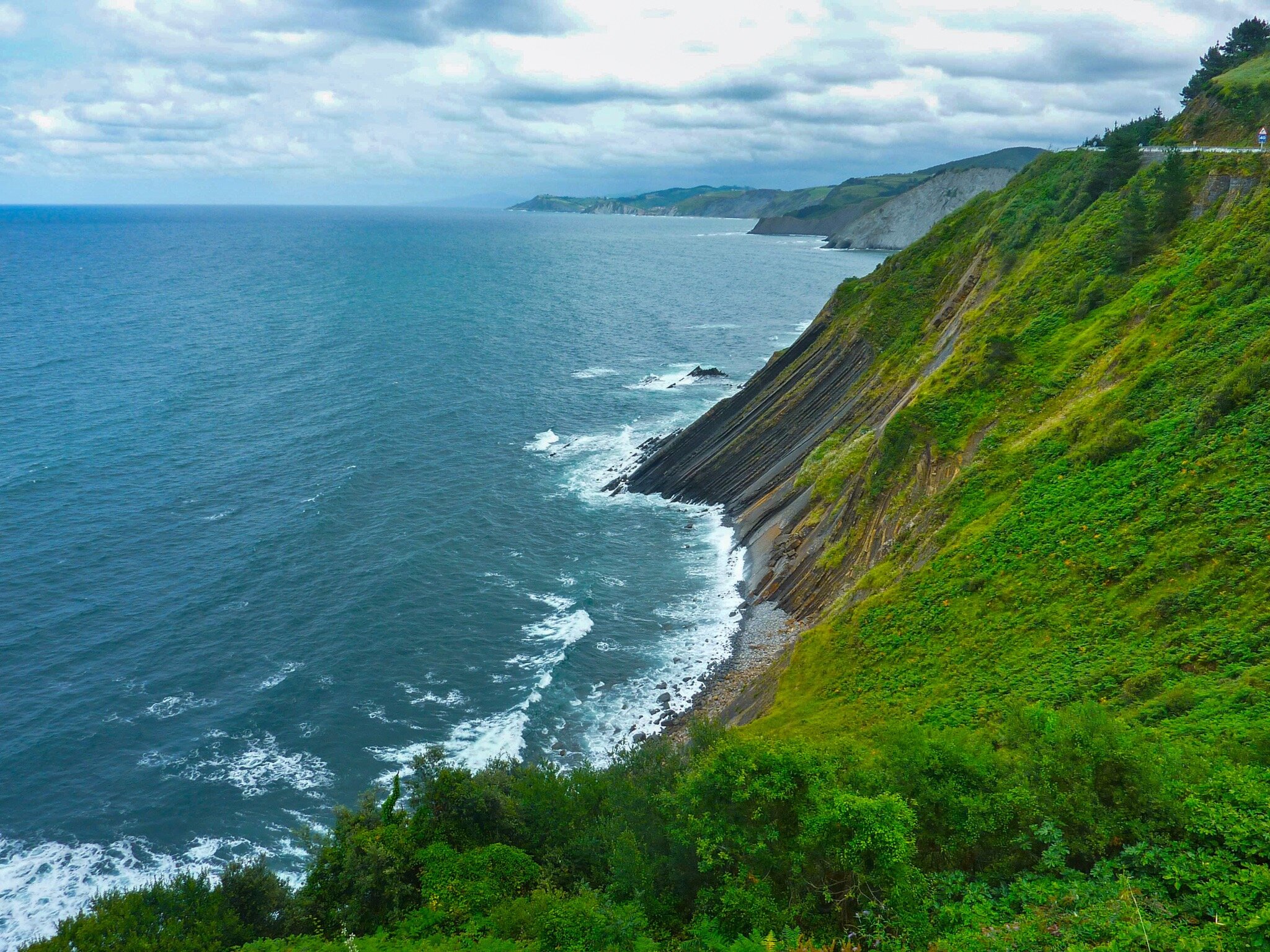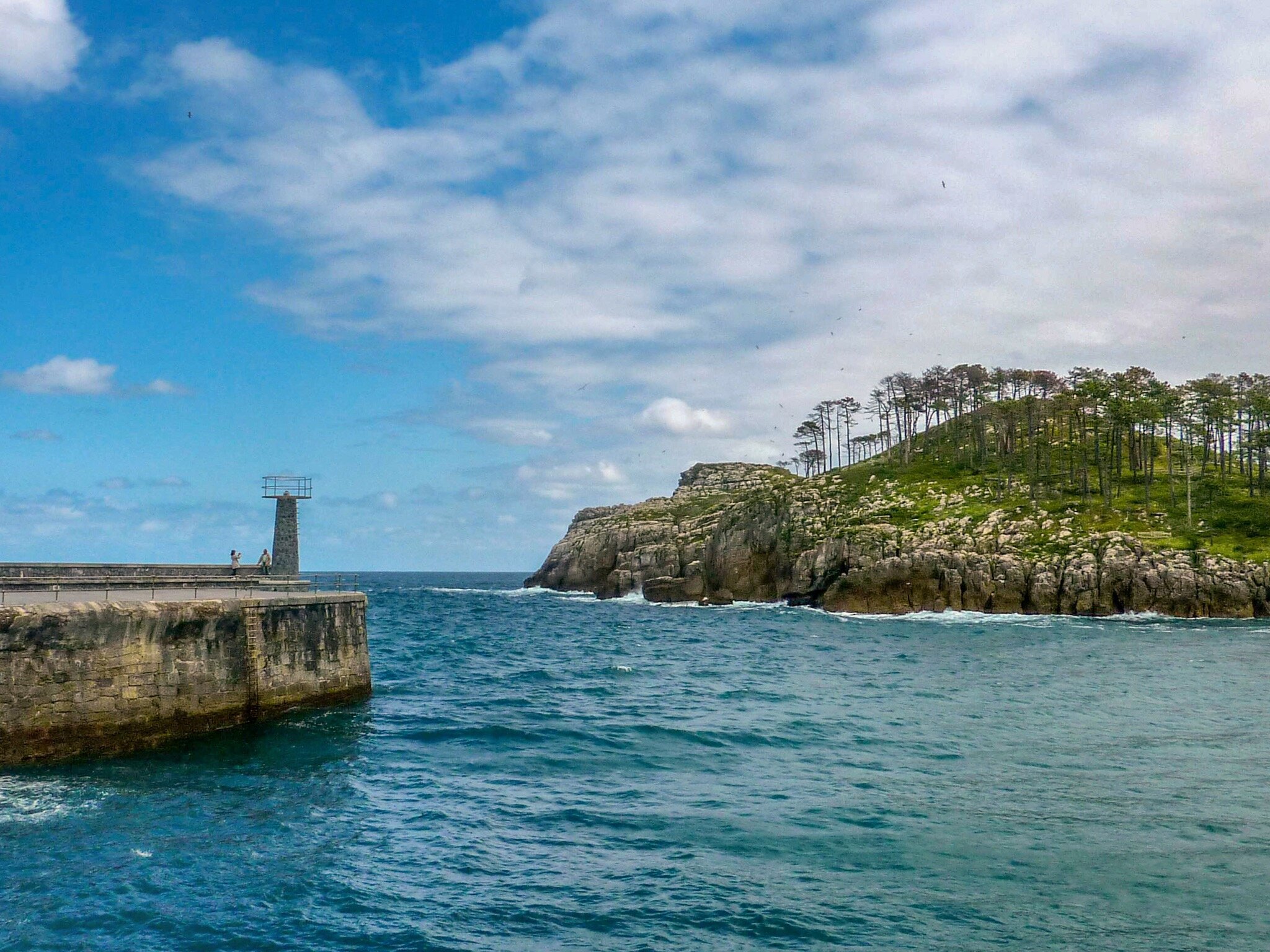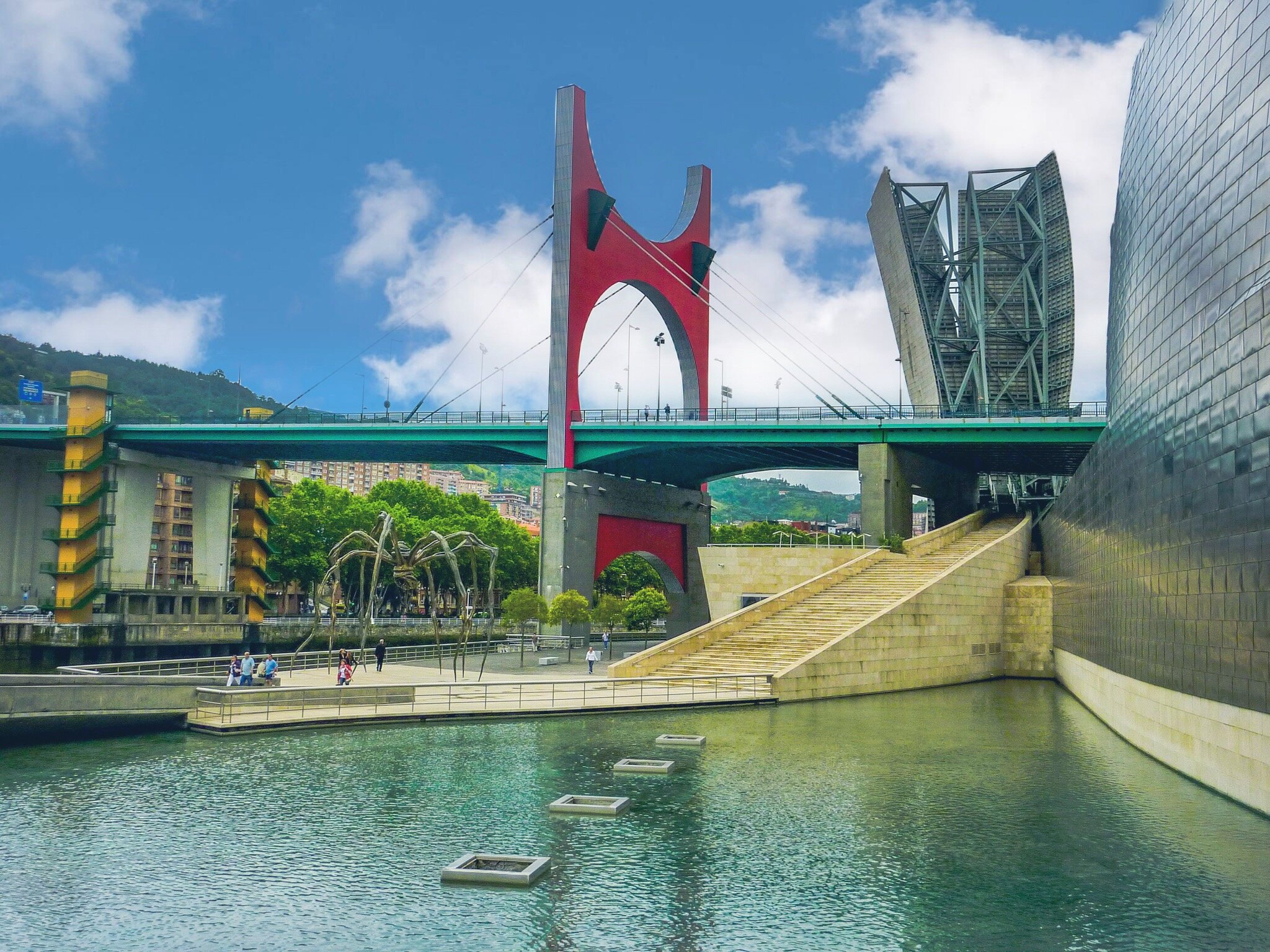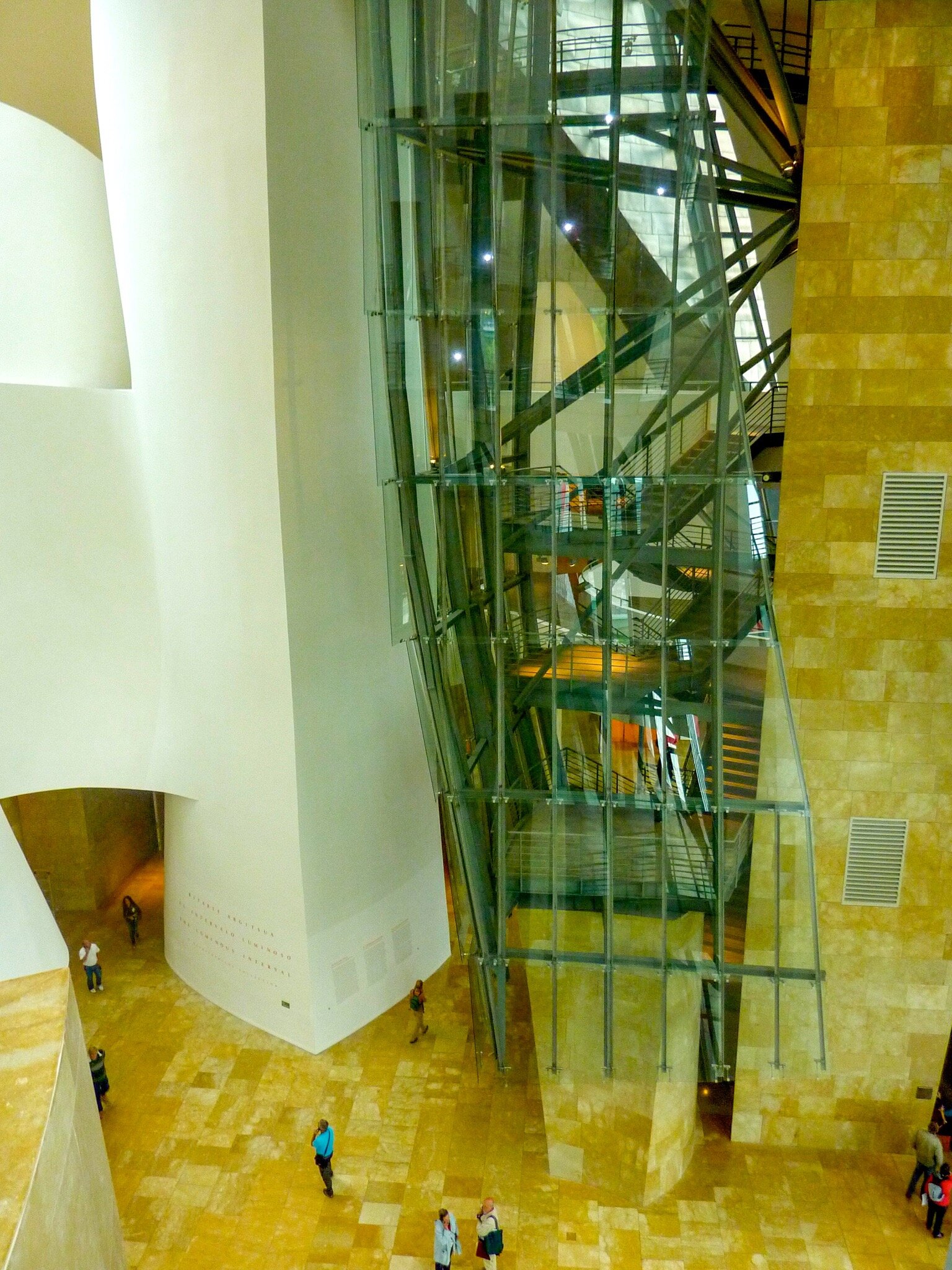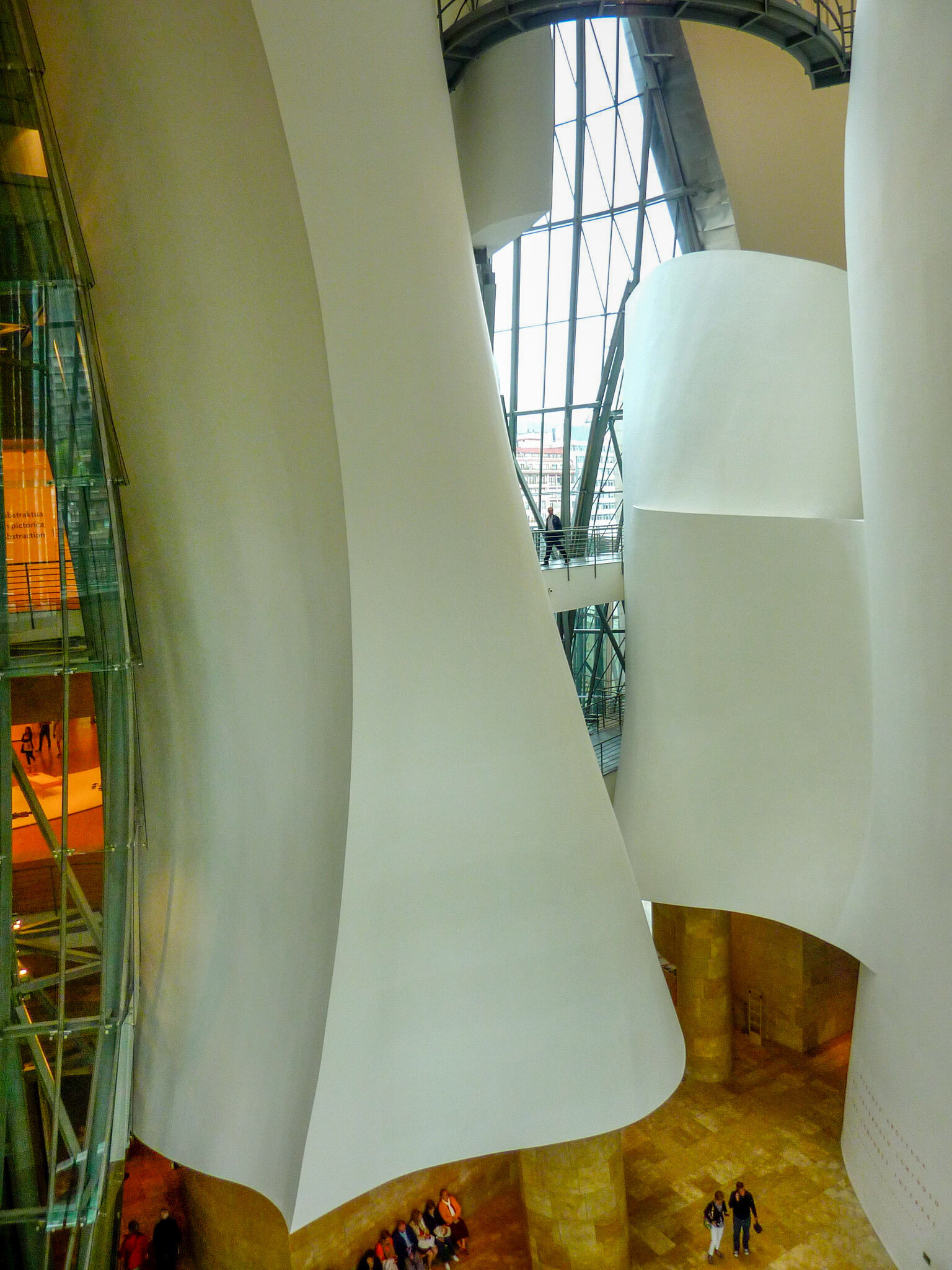Rioja: Wine Travel
Rioja is ruggedly beautiful, with a mix of tradition and modern. You’ll find both extremes in visiting the Bodega’s (wineries), from generational family-run to extraordinary displays of state-of-the-art architecture.
In the mid-ninetieth century, when the vineyards of Bordeaux were ravaged by phylloxera, winemakers and negociants headed south to Rioja. We, too, followed the route from Bordeaux to Rioja, with a stopover in San Sebastián. Taking a train from Bordeaux to San Sebastián and then renting a car to drive to Rioja.
If this is your first trip to Spain, driving is easy-going, and roads are very well marked. If you do embark on this route, you'll need to climb through the Sierra de Cantabria's rocky mountains. Once you're on the other side, they provide an outstanding backdrop.
The Region and Grapes:
Rioja is the most prominent Spanish region and the first to achieve DOCa status (the highest ranking in Spain). The DO system in Spain isn't as complicated as France or nearly as restrictive as Italy. This freedom is good for producers who want to make great quality wines but doesn't help consumers understand any distinctions. The system is historical, one where aging is emphasized over geography.
Red wines are classified by the length of barrel aging. The Reserva requires a minimum of two years in oak with another two in the bottle. Some of the well-regarded wines age over seven-plus years before releasing to the public. It is appealing to buy wine when they are ready to drink versus when they are prepared to sell. However, some producers are moving away from this, leaning towards showcasing the intensity in their wines.
For centuries, most Bodegas used American oak, referred to as the classic style, but there has been a shift to French over the years. Another development in recent years is a rise in estate-bottled wine and vineyard designation. This new wave of winemakers appears to be placing importance on terroir-driven wines.
Rioja is considered to be the world's benchmark area for Tempranillo. Why? Many attribute this to its age-ability. The region has ideal conditions for growing fine wines. White wine is minuscule in this region, and many produce an easy-drinking one to have it in their lineup. However, seek out those producers with an oak-aged Reserva, which can be similar to a white Bordeaux.
To Visit:
Driving from Basque Country, the first sub-region you'll encounter is Rioja Alavesa. The landscape is a patchwork of vineyards, sheltered by the looming mountains. What you'll find in this area are outstanding architectural winery gems.
This winery is one of the most stunningly beautiful wineries I've encountered. The building’s exterior is designed to be in harmony with the surrounding mountains, while every detail inside enhances the winemaking process. It is deceptive how large the entrance is in actuality. The tasting room is highlighted and enhanced by the natural light pouring in from the floor to ceiling windows with expansive vineyard views.
Bodegas Marques de Riscal
After visiting Frank Gehry Guggenheim Museum in Bilbao, we had to see, The City of Wine, where he used similar methods and material. The effort took the traditional wine cellar and added the innovative structure, bringing together these two aspects to showcase the cellars' spirit.
Your journey for traditional winemaking will take you to the Rioja Alta sub-region, and you should begin in Haro, where the train station played a crucial role in history. The first stop on the agenda Lopez de Heredia, followed by Muga, to provide a foundation as you begin to explore.
Lopez de Heredia
You might get nightmares from the cellar tour, housing the dankest cobwebbed filled tunnels I've ever seen. However, you will have pleasant dreams after tasting their Vina Tondonia Gran Reserva in either Blanco or Tinto.
Bodegas Miguel Merino
If you are looking for a family-run winery, plan a stop here. Founded in 1994 and located in the picturesque hilltop town of Briones. It’s worth visiting Briones just for the views of the vineyards and mountains. We were lucky to taste with Mr. Merino and learn the story behind the wine. He started as a wine exporter, and as his interest in wine grew, he decided he wanted to open a winery. These types of tasting make for memorable experiences that you won’t often encounter at the big producers. We tasted some fabulous wines, and a couple earned a spot in our suitcase.
We did not manage to make it to the third sub-region, Rioja Oriental. Bodegas Marques de Murrieta near the town of Lograno was on our list. This Bodega is a family-run winery that has been around since the 1850s with exceptional wines.
To Stay:
We stayed near the town of Briones, where you'll uncover the Dinastia de Vivanco’s wine museum.
We enjoyed our stay at the small, six-roomed bed and breakfast set amongst the vineyards. The family has been farming in Abalos for centuries, and the vineyards today are organically farmed. The winery was built around a 17th-century watermill.
One of our most memorable evenings had to be coming back from dinner to find a group of young Spanish winemakers all gathered for a blind tasting. Each of them had participated in a program where they spent a harvest in another wine region (Napa, S. Australia, etc.) before coming back to Spain. We joined in on the tasting, and I was happy to name a couple correctly.
Along the Road:
San Sebastián is one of my favorite small city destinations in all of Europe. It's absolutely delightful; old-world but not stodgy, stylish but not flashy, sophisticated but not pretentious. The La Concha bay is a seaside amphitheater presided over by Jesus atop the Mountain Urgull; it's hard to get more picturesque.
If you are looking for a grand old hotel, Maria Cristina, was built in 1912 designed by the same architect as the Ritz in Paris and Madrid. The Baroque Cathedral, Basílica de Santa María takes center stage in Parte Vieja, or old town, as does the contrasting Kursaal Center just across the river.
San Sebastian is known for its Michelin star restaurants, but the old town is full of wonderful little treats, known as pintos (pintxos), which shouldn't be missed. You will be in culinary heaven here and you’ll have plenty of Spanish wines to pair with whatever you choose.
It’s worth the day trip to Bilboa, not just for a visit to the Guggenheim Museum, but also for the most scenic drive (at least for the passenger). We had visited the Guggenheim in NYC and Venice, and we’d experienced Frank Gehry’s work in Seattle at the EMP, so let’s just say it was a must to check this one of our lists. The architecture did not disappoint; a spectacular sculpture-like structure was a perfect house for the art.


